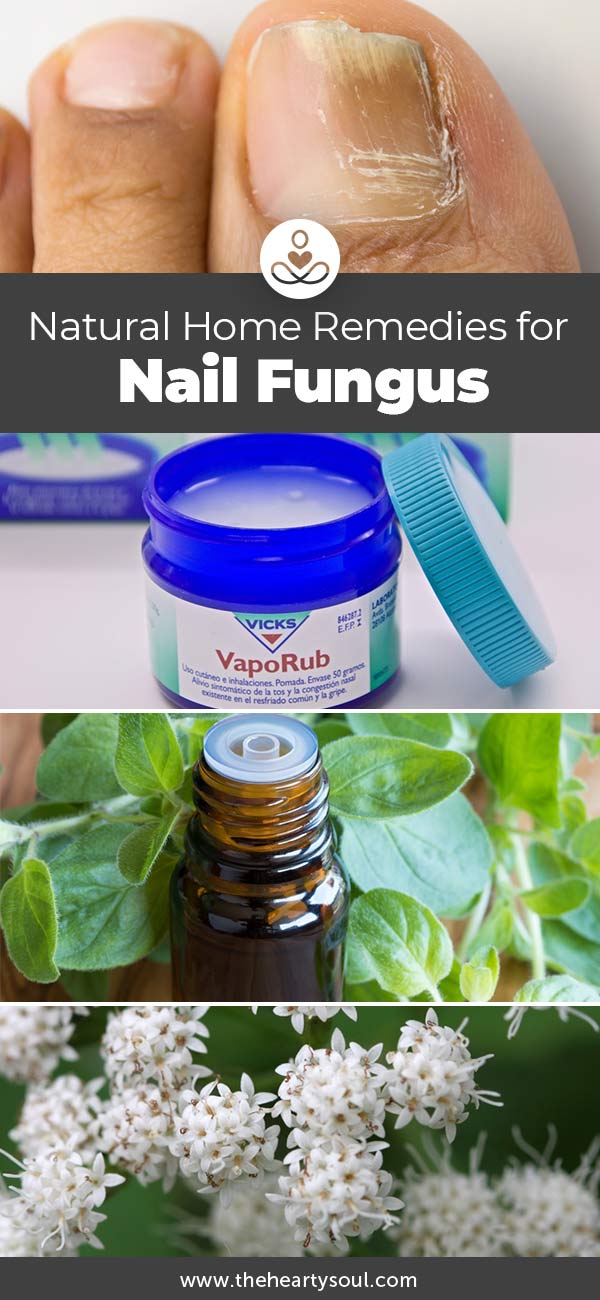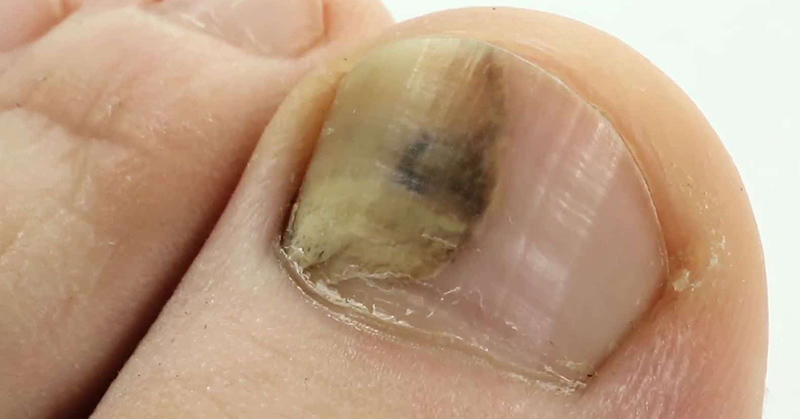Nail fungal infections are the most common diseases of the nails, making up about 50 percent of nail abnormalities. Fungus is normally present on the body, but if it overgrows, it can become a problem. They are also known as onychomycosis and tinea unguium.
Both fingernails and toenails are susceptible to infection, which usually appears as discoloration and thickening of the nail, and crumbling edges. The condition most commonly occurs in toenails.
Around 10 percent of the adult population suffers from nail fungus infection. Here we will provide an overview of nail fungal infections, in addition to common causes, treatments, and symptoms.
Fast facts on nail fungal infection:
- Microscopic fungi in the nail cause the condition.
- It can affect both fingernails and toenails but is more common in feet.
- Diagnosis is carried out by examination of the debris under the nail.
Fungal Infection in Nails Treatment
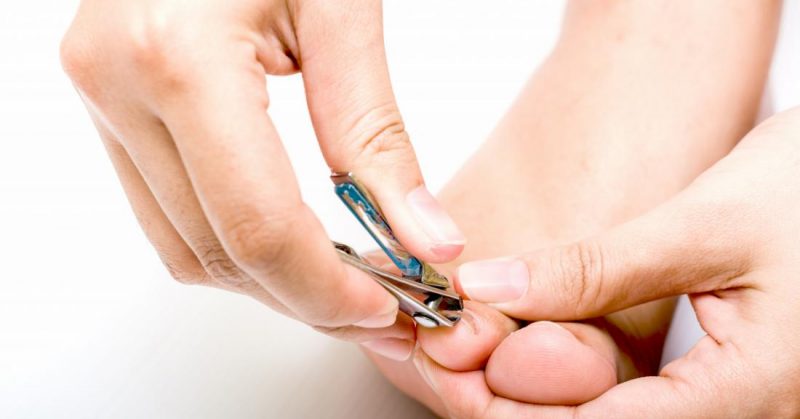
One of the simple methods of prevention for nail fungal infection is keeping nails short and clean.
The fungal infection in nails treatment can be a long and expensive process. There are oral antifungal medications, topical ointments, and alternative therapies. Over the counter creams and ointments are available, but they have not proved very effective.
In some extreme cases, a physician will opt to remove the entire nail.
Home remedies
Topical nail fungus treatments can appear clear nail fungal infections, but often do not completely cure the infection.
Other home remedies shown to have potentially promising clinical effects on nail fungus include:
- Vicks VapoRub: Editor’s note: while we don’t recommend Vicks for coughs, the following research is worth noting. A study published in 2011 suggests that it could be beneficial in nail fungus treatment.
- Snakeroot extract: A 2008 study demonstrated that this naturally antifungal plant can be as effective as ciclopirox, a prescription antifungal treatment, in treating nail fungus.
- Oregano oil: This contains thymol, which is said to have antifungal properties. Oregano oil is sometimes combined with tea tree oil in treatments, but side effects can be potent and combining them can increase the possibility of an allergic reaction or irritation.
- Ozonized oils: Olive oil and sunflower oil are examples of oils that have been infused with the same gases present in the ozone layer. There are numerous studies confirming the benefits of this type of oil in treating nail fungus. In one study, ozonized sunflower oil showed greater clinical effects than the prescribed antifungal medication ketoconazole.
Other alternative medicines used to treat nail fungal infections include Australian tea tree oil, vinegar, listerine, and grapefruit seed extract. However, there is no scientific evidence supporting the use of these products.
Prevention
Preventing nail fungus infections requires hand and foot hygiene. Some suggestions include:
- keeping nails short, dry, and clean
- wearing socks that breathe, usually synthetic
- using antifungal sprays or powders
- wearing rubber gloves to avoid overexposure to water
- refraining from picking or biting nails
- wearing shoes or sandals in public places and pools
- ensuring that your manicure or pedicure salon properly sterilizes tools
- using artificial nails and nail polish less often
- washing hands after touching infected nails
- avoiding sharing shoes and socks
What Does Nail Fungus Look Like?
Warning: Medical images follow
Toenail fungus
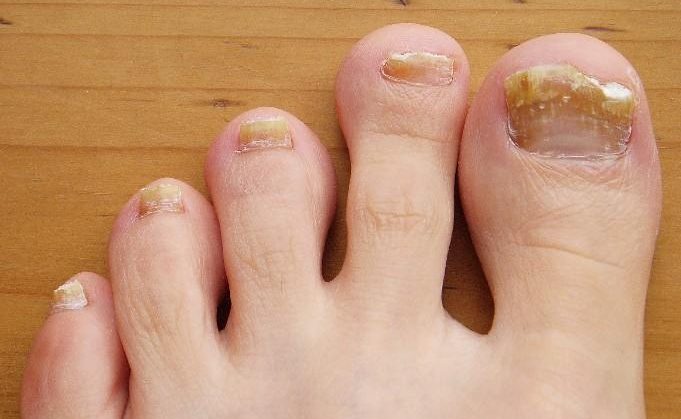
Image credit Pepsyrock, 2010
Fungus on nail of big toe
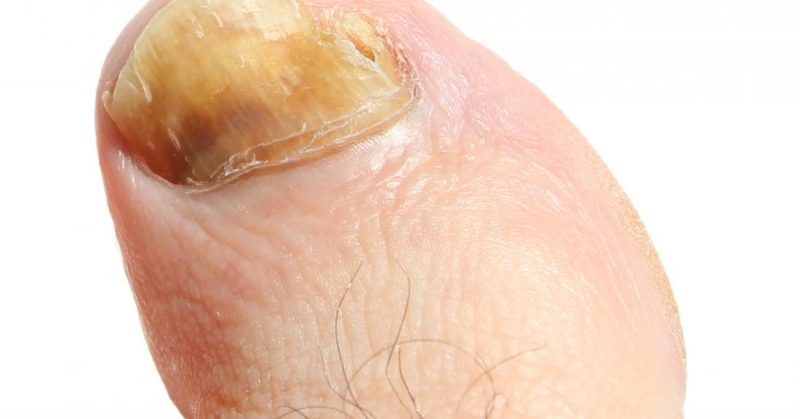
Image credit: Allorge, L., 2014
Causes
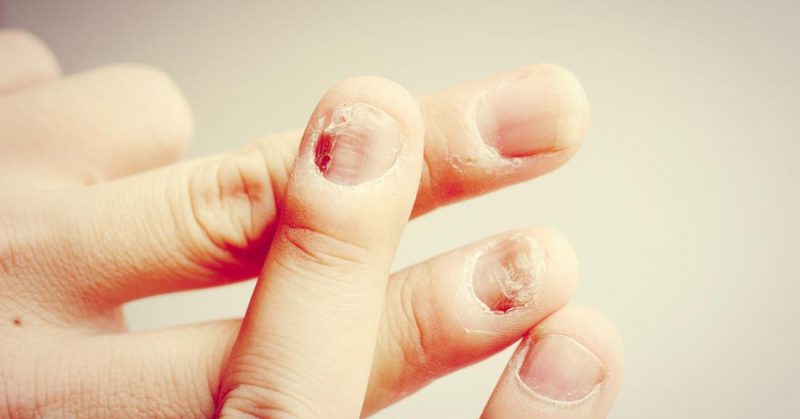
A nail with onychomycosis, commonly caused by nail fungus infections.
Microscopic organisms called fungi cause nail fungal infections; they do not require sunlight to survive so can thrive in these areas.
Most commonly, a group of fungi called dermatophytes (such as Candida) is responsible for nail fungal infections. However, some yeasts and molds also cause these infections; these include:
- Trichophyton rubrum – the most common dermatophyte that causes nail fungal infections.
- Trichophyton interdigitale.
- Epidermophyton floccosum.
- Trichophyton violaceum.
- Microsporum gypseum.
- Trichophyton tonsurans.
- Trichophyton soudanense.
Common mold causes include:
- neoscytalidium
- scopulariopsis
- aspergillus
Pathogens that cause nail fungus infection usually enter the skin through tiny cuts or small separations between the nail and nail bed. The fungi grow when the nail provides a suitably warm and moist environment.
Risk factors
Anyone can get a fungal nail infection, but they are more common in men than women and the elderly than the young. Some additional traits or factors raise the risk of nail fungal infection, these include:
- diminished blood circulation
- slow growing nails
- a family history of fungal infection
- heavy perspiration
- humid or moist work environment
- wearing artificial nails
- wearing socks and shoes that prevent ventilation
- walking barefoot in damp public places, such as swimming pools, gyms, and shower rooms
- previous injury or infection to the skin or nail
- diabetes, AIDS, circulation problems, a weakened immune system
- tight footwear with crowding of toes
- exercise that causes repeated minor trauma to the hyponychium, where the finger tip attaches to the nail
Older adults are the most at risk of nail fungus infections as lower blood circulation and slower growing nails are part of the natural aging process.
Symptoms
Nails that are infected with fungus typically are:
- thickened
- brittle
- crumbly
- ragged
- distorted
- dull
- darker or yellowish in color
There may be also be:
- scaling under the nail – hyperkeratosis
- yellow or white streaking – lateral onychomycosis
- yellow spots at the bottom of the nail – proximal onychomycosis
- infected nails may separate from the nail bed – onycholysis
Nail fungal infections can result in pain in the toes or fingertips, and they may even emit a foul odor.
Another symptom associated with nail fungus infections are fungus-free skin lesions called dermatophytids. These may appear like rashes or itchiness in an area of the body that is not infected with the fungus – much like an allergic reaction.
Diagnosis
In order to diagnose nail fungus infections, a doctor will usually examine debris that is scraped from underneath the nail. The nail scrapings will be used in tests, such as a potassium hydroxide (KOH) smear, or a fungal culture. The KOH test can be quickly performed, while the fungal culture can take weeks.
Physicians must be careful when diagnosing fungal infections of the nail because several other conditions can result in similar symptoms. These include psoriasis, lichen planus, contact dermatitis, trauma, nail bed tumor, eczema, and yellow nail syndrome.
Outlook
Patients with diabetes are susceptible to complications and should consult their doctor; however, fungal nail infections usually have a good prognosis if treated promptly. Although they are unpleasant or irritating, most nail fungal infections can be treated successfully without complications after treatment.
The treatment can take a long time to fully cure the infection, and may require additional rounds of treatment. Complications in some extreme cases may include nail damage or permanent loss, or spread of the infection. There is also a small chance of developing cellulitis.
